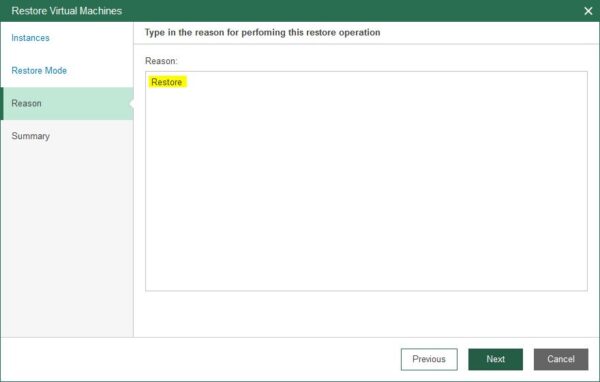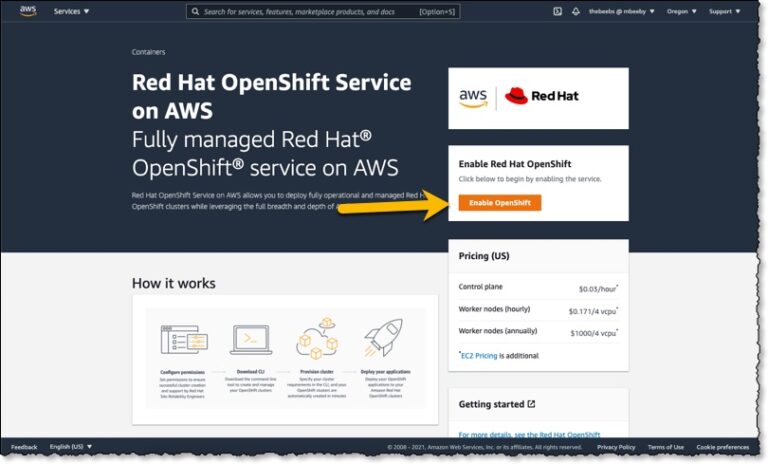Introduction
In the realm of technology, the fusion of Artificial Intelligence (AI) and the Linux operating system marks a significant milestone. Linux AI Assistants, leveraging the power of conversational AI, are transforming the landscape of productivity and assistance. This article delves into the intricacies of these assistants, unraveling their capabilities, applications, and the potential they hold in our increasingly digital world.
Historical Background
The journey of AI Assistants commenced with simple automated response systems, evolving into the sophisticated, conversational agents we see today. The Linux environment, known for its robustness and open source nature, embraced these AI advancements, integrating conversational agents into its ecosystem. Key milestones include the development of open source NLP (Natural Language Processing) tools and the adaptation of existing AI technologies to the unique architecture of Linux.
Key Features of Linux AI Assistants
Linux AI Assistants boast several distinctive features:
- Conversational Abilities: These assistants understand and respond to natural language, making interactions more intuitive.
- Integration with Linux Systems: They seamlessly integrate with Linux-based applications, enhancing user experience and productivity.
- Customization: Being open source, they offer unparalleled customization, allowing users to tailor them to specific needs.
- Examples: Popular assistants like Mycroft and OpenAI’s GPT for Linux exemplify these capabilities.
Applications and Use Cases
Linux AI Assistants find applications across various domains:
- Professional Productivity: From automating routine tasks to managing complex workflows, they serve as invaluable tools in professional settings.
- Personal Use: For everyday tasks like scheduling, reminders, and information retrieval, these assistants are personal aides.
- Educational and Research Applications: In academia, they assist in research by managing data and providing insights.
- Linux-specific Use Cases: Unique to Linux, they aid in system operations and development tasks.
Technical Foundations
At their core, Linux AI Assistants rely on:
- Underlying Technologies: NLP and Machine Learning (ML) form the backbone, enabling them to understand and generate human language.
- Linux Compatibility: They leverage the Linux OS’s strengths, such as stability and security, to operate efficiently.
- Development and Deployment: The open source nature of Linux facilitates collaborative development and easy deployment of these assistants.
Advantages and Limitations
Linux AI Assistants offer several advantages, including customization, security, and community support. However, they face challenges like resource limitations and the need for continuous updates. Security and privacy are paramount, given the sensitive nature of data they handle.
Future Trends and Developments
The future of Linux AI Assistants is promising, with emerging technologies like deep learning and edge computing poised to enhance their capabilities. The open source community plays a crucial role in this evolution, driving innovation and accessibility.
Conclusion
Linux AI Assistants represent a significant advancement in the field of AI and open source technology. Their ability to adapt, evolve, and integrate into our digital lives positions them as key players in the future of computing.





